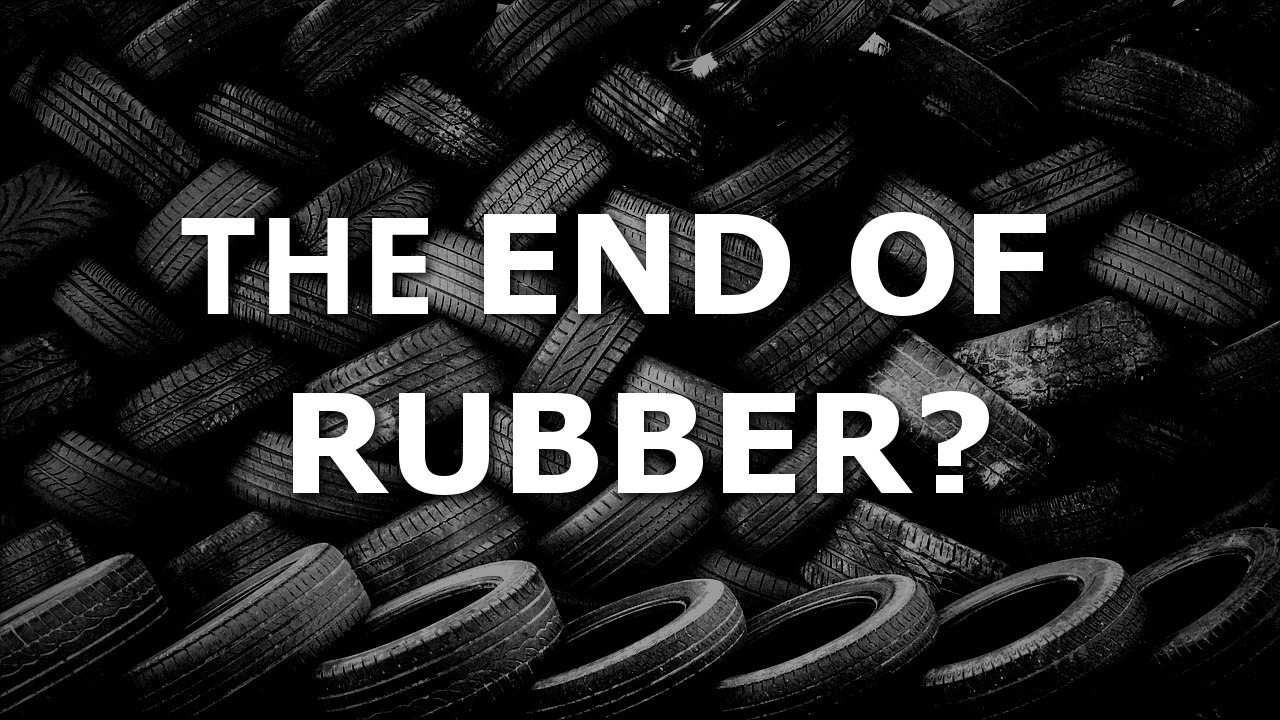
by DGR News Service | Jul 25, 2019 | Agriculture, Direct Action, Property & Material Destruction
Editor’s note: large sections of this article are inspired by Without Rubber, the Machines Stop by Stop Fossil Fuels. Deep Green Resistance does not endorse their organization or their analysis but it’s worth reading.
by Liam Campbell
It’s easy to take rubber for granted. Without it, most of the world’s vehicles would literally grind to a halt, airplanes would eventually be grounded, and most of the world’s industrial factories would cease to be profitable. When someone mentions rubber people think of tires, but open up a car and you’ll find a staggering number of components require the substance: seals, hoses, shock absorbers, wiring, and interiors. If you swim farther down the supply chain you’ll discover that the manufacturing factories that create vehicles also need vast quantities of rubber to operate their own machinery; the same is true of the processing plants that refine raw materials for the factories, and so on all the way down the supply chain.
About half of all rubber comes from trees, and over 90% of natural rubber comes from Asia. The three largest producers are Thailand, Indonesia, and Malaysia; these few countries account for nearly 75% of all natural rubber production. The Americas used to be the world’s largest producer of rubber, until a highly resilient fungus called Microcyclus ulei annihilated the entire American industry.
In Never Out of Season: How Having the Food We Want When We Want It Threatens Our Food Supply and Our Future, Rob Dunn explains:
“Leaf blight will arrive in Asia at some point. How will it come? The spores of the fungus are thin and so don’t do well on extended travel, such as on boats, but they’d do fine on a plane. […] As a 2012 study notes, ‘The pathogen can be easily isolated from infected rubber trees…and transported undetected across borders,’ which is to say that the intentional destruction of the majority of the world’s rubber supply would be easy […] It would be easy because the trees are planted densely; because most of the plantations are relatively close together; because the trees are genetically very similar to each other. It would be easy because the trees in Malaysia have not been selected for resistance; they have been selected for productivity. Planters chose trees with lots of latex, favoring short-term benefit over long-term security.
Scholars express concern about whether terrorists might have the technology necessary to spread leaf blight to Asia. Do they have the specialized knowledge necessary to transport and propagate fungal spores, the specialized knowledge necessary to destroy the world’s supply of rubber? Of course they do, because all it would really take is a pocket full of infected leaves.
In other words, a single person could severely cripple industrial civilization by simply booking a few flights, carrying a few infected leaves, and going for a walk in among the trees. Soon after, Asia’s rubber plantations would suffer the same fate as their counterparts in the Americas, the cost of rubber would skyrocket, and industrial civilization would be dealt a crippling blow.
The other half of global rubber is derived from petroleum, but synthetic rubber remains significantly inferior to natural rubber. The increased cost and reduced availability would seriously interfere with industrial activities making personal vehicles much more expensive, hindering airlines, and likely reducing global fossil fuel use. More critically, aircraft tires and heavy industrial vehicle tires require almost 100% natural rubber, meaning those vehicles would become extremely difficult to maintain if Microcyclus ulei found its way to Asia.
We are indoctrinated to believe that individuals are powerless, and that industrialized civilization is an invincible Goliath. None of that is true. When systems become large and complex, they also become fragile due to having so many interdependent systems; this makes them susceptible to cascading failures. The stunning reality is that a determined 80-year-old grandmother could take down vast amounts of industrialized civilization by simply booking a holiday that included stops in the Americas and Asia, and collecting a few leaves along the way.
If you found this content interesting or useful, consider making a small donation to Deep Green Resistance. We are entirely supported by grassroots individuals like you: https://deepgreenresistance.org/en/support-us/donate-to-deep-green-resistance

by DGR News Service | Jul 19, 2019 | Human Supremacy
Editor’s note: this essay was written by Mark Behrend, a Routledge author and veteran of the Vietnam War who became an activist after refusing to facilitate shipments of munitions. DGR does not agree with all of the points in this essay, but it has value and deserves publication.
Image: mwewering, Pixabay
By Mark Behrend
While environmental discussions typically center on climate change, pollution, and biodiversity, both activists and educators tend to avoid the question of human numbers. We might argue whether overpopulation gave rise to industrial capitalism, or vice versa. But we avoid discussing it further, due to fears of being politically incorrect on race, religion, or family rights.
The simple fact is that, all other things being equal, our environmental problems today would only be one fourth of what they are, if we had merely avoided quadrupling the global population, between 1900 and 2004. Either way, however, if your country’s population is growing, you are ultimately at risk of starvation and ecological collapse. And the faster your population is growing, the sooner and harder that collapse will be.
The problem with human population isn’t just that it’s growing, but that it has been growing exponentially, since the dawn of civilization — and especially since the beginning of the Industrial Revolution. Paul Ehrlich cites the mythical example of a weed that’s introduced to a pond. The weed doubles in size every day, and completely overruns the pond in a month. And yet, if we were to visit the pond on the 29th day, we might think the problem is under control, since half of the pond would still be intact. Wryly summing up the story, Ehrlich points out that, ‘A long history of exponential growth does not imply a long future of exponential growth.’
Human growth isn’t quite that fast. But it has added dimensions, which in some ways are even worse. Here’s a real life example, put into its proper context.
Early in the first century of the Common Era, there were approximately 175 million people on Earth. In the almost 2000 years that have followed, population has doubled more than five times. But look at how both the numbers and the time lines have accelerated:
50 C.E., 175 million
1150, 350 million
1750, 700 million
1875, 1.4 billion
1955, 2.8 billion
1995, 5.6 billion
Note that it took 1100 years for the population to double once, 600 years for it to double again, only 125 years the third time, then 80 years, and finally a mere 40. It would be bad enough if we had simply added another 175 million lives, at a faster and faster pace. But we’re talking about doubling, quadrupling, and ‘octupling’ the population, followed by geometric progressions for which there aren’t even words — going to 16 and 32 times the original number.
Meanwhile, consider our use of resources, just since 1900. In that year, 1.6 billion people used seven billion tons of materials. By 2008, 6.7 billion used 62 billion tons. And by 2030, economists say that 8.5 billion of us will use 100 billion tons of resources (food, concrete, steel, fossil fuels, lumber, etc.), while leaving behind 70 billion tons of waste. And both population and per capita use are growing exponentially, with the material ‘demand’ per person exploding, from 4.375 tons per year in 1900, to almost 12 tons in 2030.
Advertising salesmen, marketing executives, and CEOs call this kind of growth ‘progress,’ and ‘the miracle of capitalism,’ while a more neutral observer (an alien from another star system, perhaps, or an indigenous person from an uncontacted tribe) would more likely describe it as ‘insanity,’ ‘collective suicide,’ or ‘a mad rush to destroy the Earth.’
Though no one with a big personal stake in capitalism dares admit it, this little party we call industrial civilization will soon be over. Never mind the shortages of precious metals, rare earth minerals, etc. If nothing else, we’ll run out of arable land, food, and fresh water. Industrial agricultural practices (mono-crops, pesticides, chemical fertilizers, etc.) destroyed a third of the world’s topsoil in just the last 50 years, while climate change is systematically reducing the snow pack and the flow of rivers.
As for what to do about it, population theorists offer us a clue. They predict that world population will ‘level off’ at nine or ten billion, sometime around the middle of the century. They’re a bit vague as to whether this will happen by means of a collective attack of common sense, or as the result of famine, starvation, and war. But either way, zero population growth means zero economic growth, which means the end of capitalism. We’re going to have to develop a no-growth economic system in 30 years or so. So why not do it now, with two billion fewer mouths to feed, and considerably more resources to sustain them?
Meanwhile, future leaders (and by ‘future’ I mean the immediate future — not decades or generations hence) must show real leadership for a change, and enlighten their constituents to the simple facts of infinite growth on a finite planet. Among the more politically incorrect data they might include is the uncomfortable truth that, just as we have no right to murder our next door neighbors, there is also no ‘right’ to have as many children as we want, when the current number is already destroying the planet.
On a personal level, we might start by simply giving up the polite custom of congratulating each other for getting pregnant and having babies. Instead, encourage friends and neighbors to adopt, and point out the many constructive ways there are to satisfy our nurturing instincts. Adopt homeless animals. Plant trees. ‘Adopt’ a beach or a creek bed, and keep it clear of trash. Help an indigenous community cope with the onslaughts of civilization, and assist them in spreading their knowledge of living in harmony with Nature. And, if it is permissible to protest outside abortion clinics, why not at fertility clinics?
At the national level, democratic leaders must also push other nations to overcome the traditions, superstitions, and prejudices that make overpopulation such a crippling problem in much of the world. The simplest remedy is to guarantee equal rights to women and girls — particularly in education, family planning, and employment. Where this is attained, the birth rate typically falls to below the replacement rate, and populations naturally decline. Thus, without a single forced abortion or sterilization, merely adopting a global, one-child policy for 200 years could return us to a pre-industrial population of around 700 million, which just might be sustainable.
To facilitate this radical transition toward planetary survival, we would also need to immediately scrap the airline, auto, beef, and fossil fuel industries, while radically and progressively reversing globalization, abandoning cities, and reorganizing society at the village level.
Though this might sound like giving up everything that makes modern life livable, I ask you to imagine Hawaii before the British, Santa Clara Valley before the Spaniards, or the Himalayan nation of Bhutan, a mere generation ago. None of these cultures had TV, Starbucks, jet travel, or out-of-season produce. And yet, somehow they were happy.
On her deathbed in the late 1920s, the last of Santa Clara Valley’s full-blooded Ohlone Indians described her childhood and early life to a National Geographic reporter, in an article later entitled, ‘The Woman Who Remembered Paradise.’ I’ve read it countless times, but have never been able to read it aloud, because of repeated stops to choke back the tears.
Obviously, even the most progressive candidates for high office speak of nothing remotely resembling a return to our tribal roots. The would-be leader who demands sacrifice, a contracting economy, and a reduced standard of living will lose in a landslide to some Trumpian demagogue, promising a strong stock market and lower taxes. And until we demand otherwise, fantasies of continued growth or a ‘Green New Deal’ are all we will get.
Revolutionary action today is a world survival imperative. Green Revolutionaries might consider a crash course in radically educating the public, along with carefully targeted attacks on the most obvious industrial offenders.
Imagine waking up one morning to a profusion of banners along freeway overpasses, proclaiming ‘PERPETUAL GROWTH ON A FINITE PLANET IS SUICIDE,’ ‘FOSSIL FUEL ECONOMIES USE A MILLION YEARS OF RESOURCES PER YEAR,’ and ‘BEFORE YOU HAVE CHILDREN, THINK ABOUT THE WORLD YOU’RE LEAVING THEM.’ These messages might appear in tandem with simultaneous, non-lethal attacks on such blatantly destructive industries as fossil fuels, the airlines, cattle, chemicals, and international shipping. In acting, we must also remember to be imaginative, invisible, and low tech, recalling the way the Vietnamese defeated the U.S. military.
As the public becomes more aware of the issues and the necessity of direct action, measures could quickly be carried to the next level. Meanwhile, we must also reach out to mainstream environmentalists, such as the Green New Deal movement. While they may be naive and subject to cop-outs, many of them are also prime candidates for radicalization. To cite one example, the first time I heard Derrick Jensen speak, 12 or 13 years ago, I thought he was crazy. But a few of his points kept nagging at me, and I soon connected the dots. As the news of industrial failures and unintended consequences worsens, such people will be coming our way in droves.
For those who are already on the edge, let me close by noting that the recent U.N. report on biodiversity made the daring admission that we are the most destructive species that ever lived — literally driving dozens of other species to extinction, each and every day. And since we cannot simultaneously be both the most intelligent species on Earth and the most destructive, it’s time for us to decide who we really are, and act accordingly.
Are we responsible agents of change, redemption, and planetary survival? Or will cosmic historians remember us as little more than lemmings in SUVs?
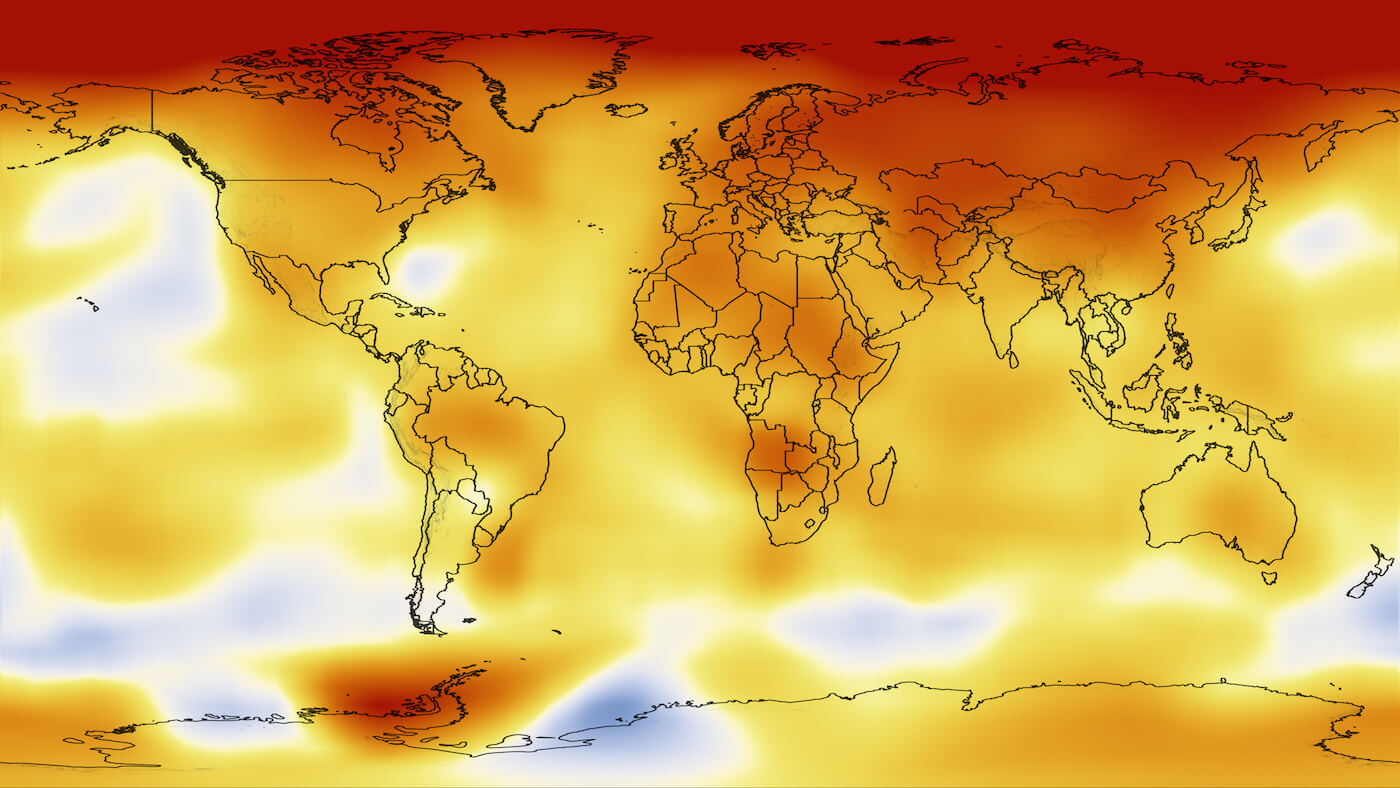
by DGR News Service | Jul 11, 2019 | Climate Change
Editor’s note: Anyone who is paying attention knows that global climate breakdown is accelerating faster than the worst IPCC predictions. Still, emissions continue to rise, setting records year-after-year. There is no evidence that governments, civil society, or corporations are able to address this in any meaningful way. In fact, all the evidence shows the opposite. Drastic times call for drastic measures. We at Deep Green Resistance call for “decisive ecological warfare” to shut down the global fossil fuel economy by any means necessary. We do not advocate this lightly. We fear this may be the only realistic means of stopping climate chaos.
Image via NASA/GISS
Climate Chaos Headlines
June 2019 Was Hottest Ever
“Last month was the hottest June ever recorded, the EU‘s satellite agency has announced.” — full story at The Independent
Antarctic Melting Accelerates
A swath of Antarctica’s sea ice larger than four times the size of France has melted since 2014, AFP reported Tuesday.
The rapid decline, revealed in a study of satellite data published by the Proceedings of the National Academy of Sciences, marks a stunning reversal for the South Pole: Between 1979 and 2014, its sea ice was actually expanding. Then, it lost 2.1 million square kilometers (approximately 810,815 square miles) in three years, falling from 12.8 million square kilometers (approximately 4.9 million square miles) to 10.7 million square kilometers (approximately 4.1 million square miles).
“It went from its 40-year high in 2014, all the way down in 2017 to its 40-year low,” study author and NASA Goddard Space Flight Center climatologist Claire Parkinson told AFP.
— Full story at EcoWatch
India Experiencing Record-Setting Heat
“India has increasingly suffered from extreme heat in recent years. 2018 was the country’s sixth hottest year on record, and 11 of its 15 warmest years have occurred since 2004, The Independent reported. The capital of New Delhi broke its all-time record Monday with a high of 48 degrees Celsius, according to The Times of India.”
— Full story at EcoWatch
France Records Hottest Temperature Ever in European heat wave
Large portions of Europe were hit by intense heat waves over the past week. Germany, Poland and the Czech Republic all experienced their hottest-ever temperatures for the month of June. France recorded its hottest day ever on Friday, reaching a high of 45.9 degrees Celsius (115 Fahrenheit) at the town of Gallargues-le-Montueux near Montpellier, in the southern Gard region, making it temporarily warmer than California’s notoriously hot Death Valley.
— Full story at Pressenza
Alaska Breaks All-Time High Temperature Records
“Alaska had its warmest March on record — in some places 20 degrees above normal. Once all the data is tabulated, it is likely to be the second-warmest June on record.”
— Full story at The New York Times
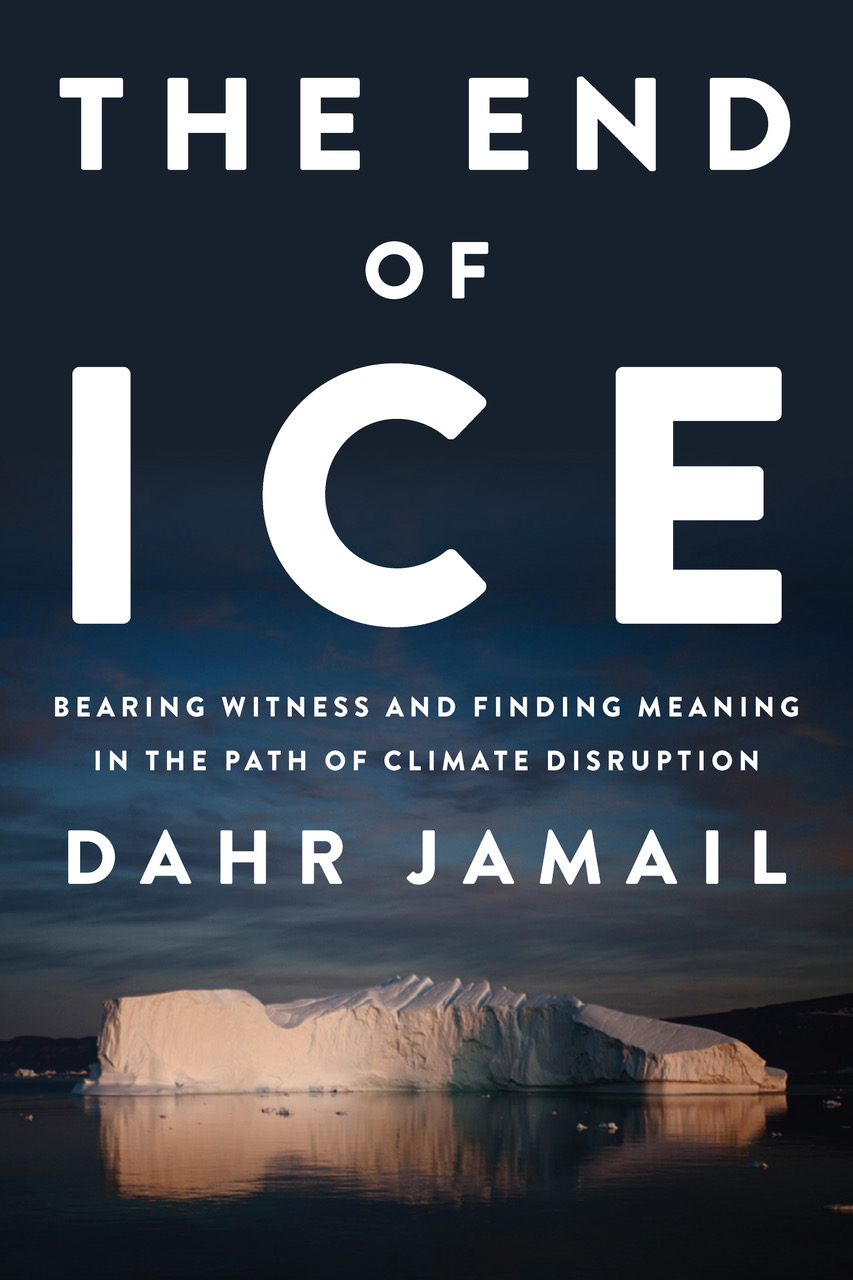
by DGR News Service | Jul 9, 2019 | Climate Change, Movement Building & Support
Dahr Jamai is an award winning journalist and author who is a full-time staff reporter for Truthout.org. His most recent book is about abrupt climate change, called The End of Ice.
Browse all of our Resistance Radio interviews at https://ift.tt/2mXE10f
https://www.youtube.com/watch?v=3PxEi3Nh38Y&feature=youtu.be
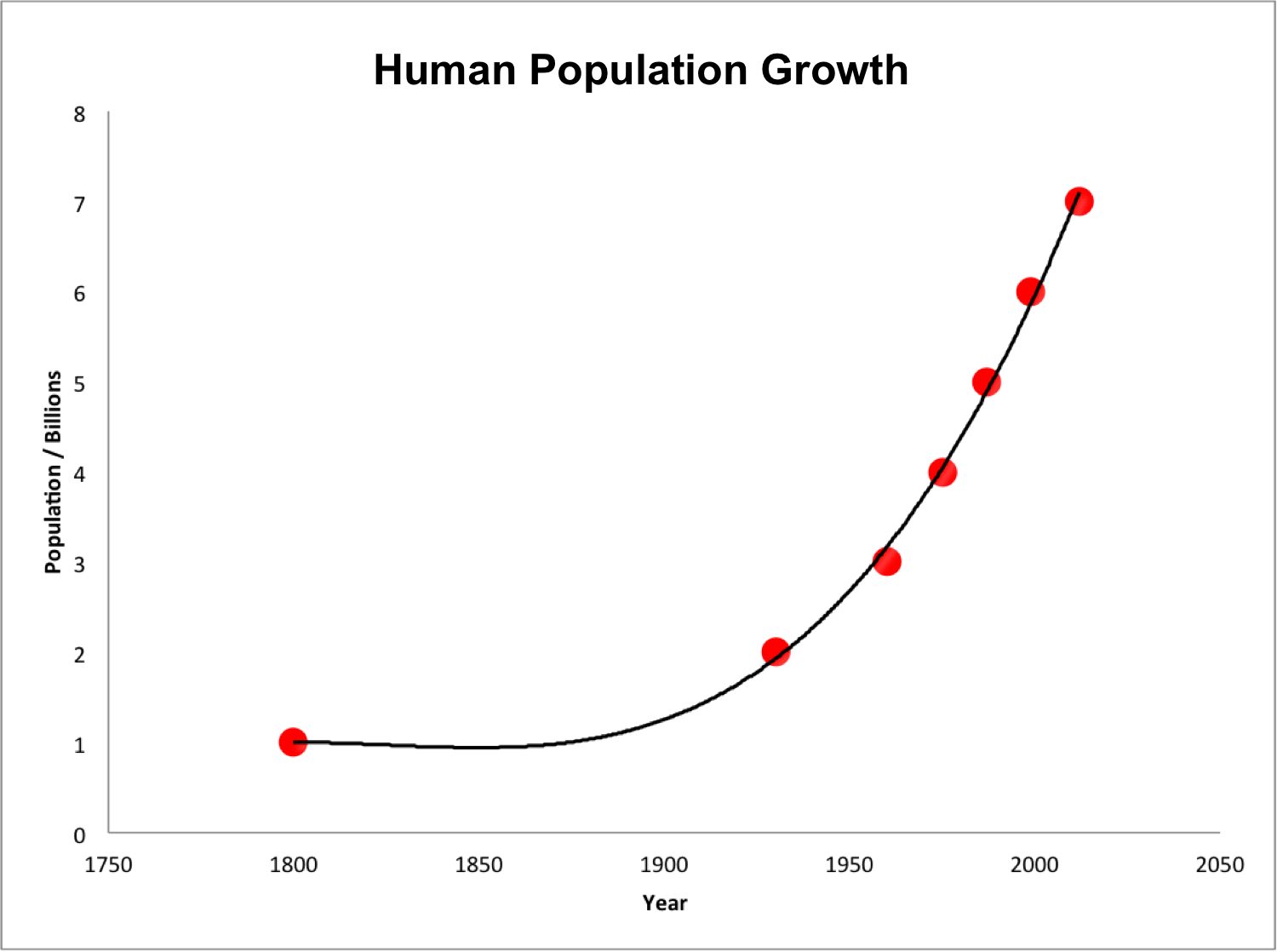
by DGR News Service | Jun 28, 2019 | Agriculture
By Steven Earl Salmony, Ph.D., M.P.A / Image: CC BY 3.0
One voice from the wilderness is too weak to be listened to. My voice, for example, is not clear enough, strong enough, loud enough or adequately established so as to be heard. How can any person in a position of influence among our most wealthy and powerful leaders possibly be expected to receive a ‘best available science message’ until we and others who are similarly situated speak out, as if with one voice, about what could be somehow real, according to the best available science and ‘lights’ we possess?
Declining fertility rates virtually everywhere on Earth need not blind us to the undeniable, ongoing annual increases of absolute global human population numbers. Human numbers have exploded by more than 5 billion on earth in the past three score and ten years. This population growth ‘trajectory’ is patently unsustainable on a planet with the size, finite resources and frangible ecology of Earth. Please consider how the growth of human numbers worldwide is caused by the spectacular production and distribution of food for human consumption. With each passing year more people are being fed and more people are going hungry.
For years we have been encouraged to ‘think globally’. Let us hope that it is not too late to begin ‘acting globally’. There is no time to waste because untethered overproduction, overconsumption and overpopulation activities of the human species are on the verge of causing a global ecological wreckage of the planet we inhabit by turning Earth’s land surface into mountains of human detritus and its seas into sewers.
As things stand, the leading self-righteous elders in the world, on our watch, are charting a course to the future that will wreak havoc on what is surely sacred and normalize what is plainly profane…come what may. And these self-proclaimed ‘masters of the universe’ erroneously believe that they can have some faraway island or mega-yacht to which an escape from the global ecological wreckage would be possible. More evidence of immaculate hubris, I suppose.
Those few with power would like the status quo to remain as is; whereas, the many, too many, without power want necessary change and a ‘course correction’ while a ‘window of opportunity’ remains open. Note to us all: the window is closing steadily in our time. When unbridled production, consumption and propagation activities of the human species are occurring synergistically, expanding rampantly and effectively overspreading earth, perhaps this moment in space-time is an occasion to do something that is different and somehow right… for a change.
No one knows what is possible once we begin somehow to do things differently from the ways that we are doing things now here on our planet. At the moment we know that silence has overcome science; that greed has vanquished fairness and equity; that ignorance and stupidity have almost obliterated common sense and reason; that hubris has virtually annihilated humanness. Like it or not, ready or not, we are presented with enormous challenges.
Let us hope that our most able responses to the human-induced and -driven existential ecological threats looming ominously before humanity do not come too late to make a difference that makes a difference. There is much to do. Human limits, global planetary limitations and time constraints are the factors to which we are called upon to respond ably with all deliberate speed.
If only the world worked the way we want it to! That all-too-human creatures of Earth were actually self-proclaimed ‘masters of the universe’ in more ways than ‘name only’. By evading extant scientific knowledge about our distinctly human creatureliness and the biophysical limitations of the planet we inhabit; by widely sharing and consensually validating utterly false, hubristic thinking regarding our seemingly god-like super-human capabilities and Earth as a maternal presence eternally giving; by denying that earth is relatively small and finite with a frangible environment, it may be that the human community is not able to evade the consequences of our patently unsustainable behavior. Can we rise above our apparent incapacity to respond ably or not? Can we do so in a short time-frame so we avoid insurmountable ‘doomsday scenarios’?
Note the exquisite talents demonstrated by the savants among us or the teachers, poets, artists from whom there emanates universally shared, humane values, principles and practices for living or the leaders who have not sold out their souls for the poisoned fruits of power, gluttony, greed, wrath, pride, envy and effortless ease. The global challenges presented to our generation of elders are likely different from the threats to human well-being that had to be confronted by our ancestors. But that does not mean, even for a moment, that their challenges were either more or less difficult from the ones we face.
If our ancestors had not acknowledged, addressed and overcome the challenges before them, I dare say that we would not be here now. It does not appear that our generation of elders has so much as begun to struggle in a meaningful way with the global challenges before us. We collectively have been running away from our responsibilities and duties to the family of humanity and Earth’s well-being in general.
Our children and their children after them will say that we have failed them. Their true statement, perhaps spoken someday soon as a refrain, is not acceptable and cannot become our enduring legacy to life on this planet and to the planet, itself. We cannot luxuriate in our willful ignorance and self-serving hysterical blindness any longer.
The moment to step up, take hold, and move forward courageously is at hand. The time has come to accept the challenges already dimly visible in the offing.
Let us speak out as if we are a million voices because so many of us remaining electively mute make us complicit in the destruction of Earth and life as we know it. Are better, more responsible courses of action available to us? If so, other ways of going forward need to be discovered, discussed and implemented, fast.
—
Steven Earl Salmony, Ph.D., M.P.A. established The AWAREness Campaign on The Human Population in 2001. He lives in Fearrington Village, NC, USA and can be contacted at sesalmony@aol.com.
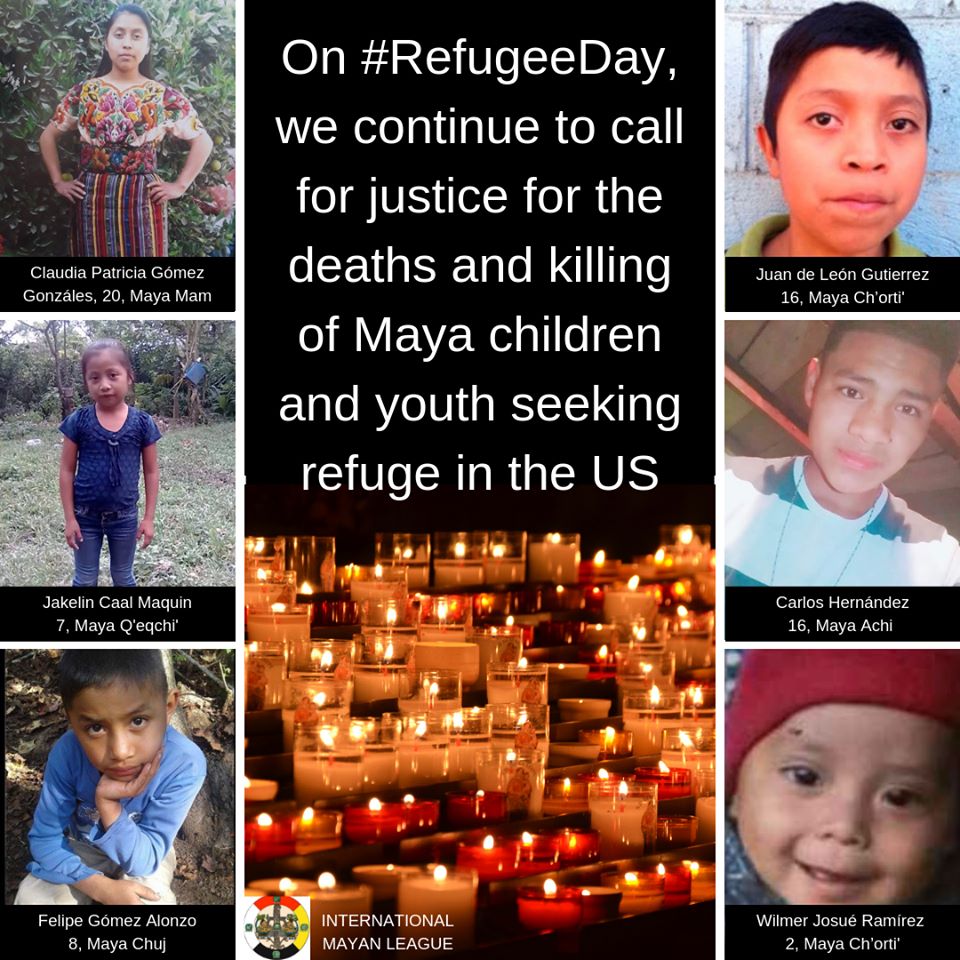
by DGR News Service | Jun 27, 2019 | Biodiversity & Habitat Destruction, Colonialism & Conquest, People of Color & Anti-racism, Repression at Home
Editors Note: the international refugee crisis is driven by war, imperialism, and destruction of the planet. In other words, it is driven by civilization, or “the culture of empire.” DGR is opposed to empire and we see the refugee crisis as a humanitarian emergency. We believe that the best way to fight this crisis is to fight it’s underlying cause, by dismantling civilization. Learn more on the DGR website.
By the International Mayan League
www.mayanleague.org
Washington, D.C. – May 16, 2019 – Today, the International Mayan League denounces the latest victim of death and murder at the U.S/Mexico border, a 2 ½ year-old toddler, a boy from Chiquimula, Guatemala. This tragic loss comes on the heels of the death of 16-year-old Juan de León Gutiérrez of the Maya Ch’orti’ people – also from Chiquimula. For the last year our people have been under constant attacks at the border. Since May 2018 we have lost five lives from Guatemala. First, Claudia Patricia Gómez González (Maya Mam) 20 years old who was shot in the head by a Customs and Border Patrol (CBP) Agent; then 7-year-old Jakelin Caal (Maya Q’eqchi’), and 8-year-old boy Felipe Gomez Alonzo (Maya Chuj) both died in December while in CBP custody. Now, we have lost two more lives. How many more children must die before there is collective outrage, actions, denouncements? How many more times do we need to say this is a crisis specifically affecting indigenous children and youth?
We, indigenous peoples, are the majority in Guatemala and continue to be disproportionately impacted because our basic human rights are denied by the Guatemalan government and all sectors of society. We are forced to flee only to encounter inhumane treatment and human rights violations at the U.S./Mexico border in violation of international law. The Guatemalan and the United States governments must be held accountable for the deaths of our children. Impunity for their deaths is not an option and we demand justice and peace for their families.
Children, explicitly indigenous children, are some of the most victimized. In fiscal year 2019 alone, 19,991[1] Guatemalan unaccompanied children have been apprehended at the border. The number of Guatemalan family units has soared to 114,778, the highest for all the Central American countries[2]. Considering indigenous peoples are the majority in Guatemala, contrary to government admission, we strongly believe that these statistics reflect that thousands of Maya children and families are seeking refuge. Their indigenous identities must be acknowledged and documented.
Each indigenous child whose life has been stolen was forced to migrate because they are the most affected by centuries of structural inequality and discrimination in Guatemala. They often have no future in their rural and extremely impoverished communities. Many have little access to formal education and likely only speak their native language, an additional barrier that hinders their communication with authorities or service providers when migrating. We are outraged by these tragedies and demand the following from the government of the United States. There must be exhaustive, fair and transparent investigations by the Office of the Inspector General, Department of Homeland Security into all the deaths at the border; a dialogue with leaders of the Guatemalan Maya diaspora for the development of humane immigration policies; and recognition and implementation of the U.N. Declaration on the Rights of Indigenous Peoples and the American Declaration on the Rights of Indigenous Peoples as the bare minimum standard for the respect and protection of indigenous peoples’ rights in forced migration.
Almost exactly at the 1-year anniversary of the murder of Claudia Patricia Gómez González of the Maya Mam Nation, we are reliving another nightmare, the death of a toddler. We are tired of being treated as if our lives do not matter. We will not stand idly by as our children are murdered by inhumane policies and practices rooted in hatred, fear, and racism.
[1] https://www.cbp.gov/newsroom/stats/sw-border-migration/usbp-sw-border-apprehensions
[2] Ibid.
The International Mayan League has been working in defense of indigenous human rights for many years, and since last year, trying to raise awareness that most of the children, youth, and families coming from Guatemala are indigenous. They are a Mayan women-led grassroots organization working directly with and for their people, and are entirely volunteer-based.






